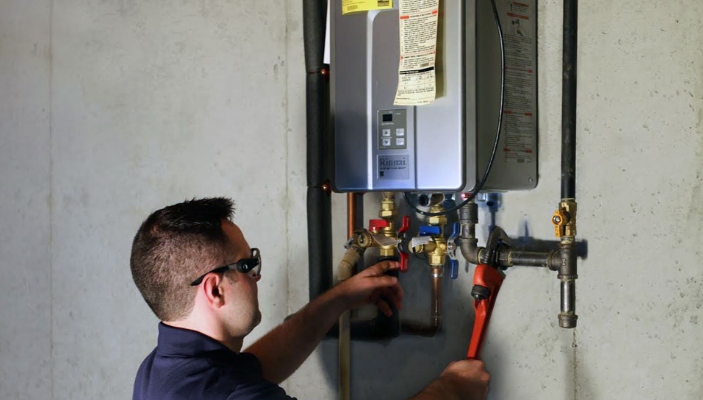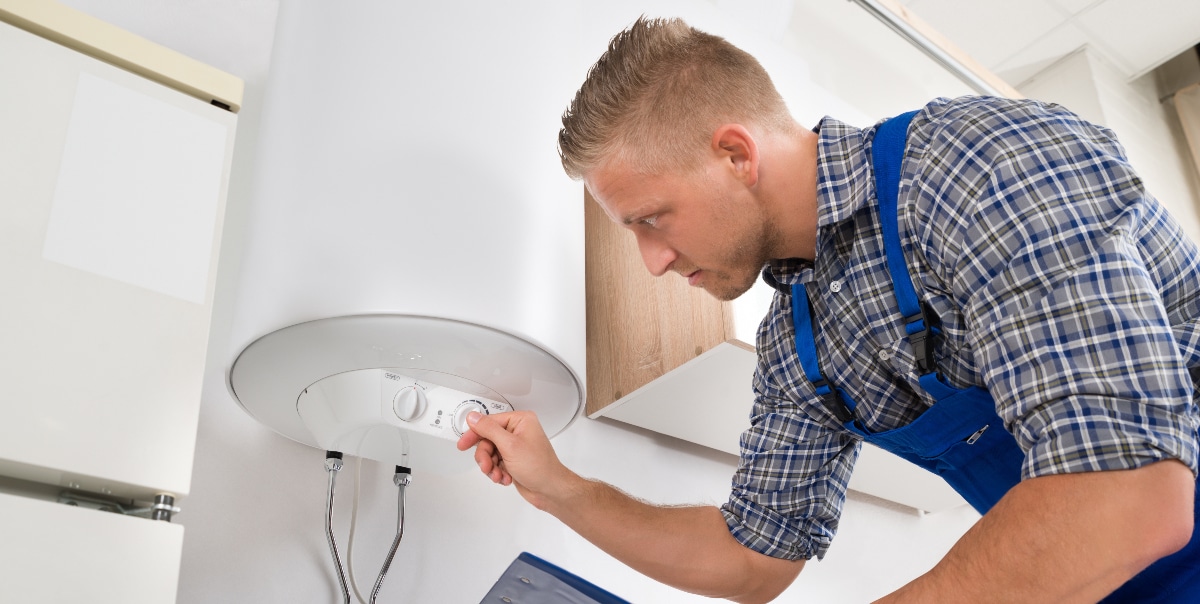The publisher is making several great pointers related to Tips For Maintaining Your Hot Water Heater as a whole in this post further down.

Hot water is crucial for everyday comfort, whether it's for a rejuvenating shower or washing recipes. To ensure your warm water system runs effectively and lasts much longer, routine upkeep is essential. This article supplies practical pointers and insights on just how to maintain your home's warm water system to stay clear of interruptions and pricey repair services.
Introduction
Preserving your home's warm water system may appear difficult, however with a couple of easy steps, you can ensure it runs efficiently for years ahead. This guide covers every little thing from comprehending your warm water system to DIY upkeep suggestions and recognizing when to contact specialist help.
Value of Maintaining Your Hot Water System
Routine upkeep not only prolongs the lifespan of your hot water system however additionally ensures it operates successfully. Neglecting maintenance can cause lowered efficiency, greater energy expenses, and even early failing of the system.
Indications Your Hot Water System Requirements Upkeep
Recognizing when your hot water system needs interest can stop significant concerns. Look out for indications such as inconsistent water temperature level, odd sounds from the heating system, or corroded water.
Understanding Your Hot Water System
Before diving into maintenance tasks, it's practical to recognize the standard components of your hot water system. Usually, this consists of the hot water heater itself, pipelines, anode poles, and temperature level controls.
Month-to-month Upkeep Tasks
Normal month-to-month checks can aid catch small issues before they intensify.
Purging the Hot Water Heater
Flushing your water heater gets rid of debris build-up, enhancing performance and prolonging its life.
Checking and Replacing Anode Rods
Anode poles avoid rust inside the storage tank. Inspecting and changing them when broken is critical.
Inspecting and Readjusting Temperature Level Settings
Readjusting the temperature level setups makes certain optimal performance and safety and security.
DIY Tips for Maintenance
You can perform numerous upkeep jobs on your own to keep your hot water system in leading problem.
Looking for Leakages
Frequently check pipes and links for leakages, as these can result in water damages and greater bills.
Checking Pressure Alleviation Valves
Checking the pressure safety valve guarantees it functions appropriately and prevents too much pressure build-up.
Protecting Pipes
Shielding hot water pipelines lowers warmth loss and can save power.
When to Call a Professional
While DIY maintenance is valuable, some concerns call for expert expertise.
Facility Concerns Calling For Expert Assistance
Examples include significant leaks, electric issues, or if your hot water heater is constantly underperforming.
Routine Expert Maintenance Conveniences
Professional upkeep can consist of complete inspections, tune-ups, and making sure compliance with safety and security criteria.
Final thought
Regular maintenance of your home's hot water system is essential for efficiency, long life, and cost savings. By following these pointers and recognizing when to seek professional aid, you can make certain a trusted supply of warm water without unexpected disruptions.
How to Maintain an Instant Hot Water Heater
Before tinkering with your hot water heater, make sure that it’s not powered on. You also have to turn off the main circuit breaker and shut off the main gas line to prevent accidents. Also turn off the water valves connected to your unit to prevent water from flowing into and out of the appliance. 2. When you’re done, you have to detach the purge valves’ caps. These look like the letter “T” and are situated on either side of the water valves. Doing so will release any pressure that has accumulated inside the valves while at the same time avoid hot water from shooting out and burning your skin. 3. When the purge valves’ caps are removed, you have to connect your hosing lines to the valves. Your unit should have come with three hoses but if it didn’t, you can purchase these things from any hardware or home repair shops. You can also get them from retail stores that sell water heating systems. Read the user’s manual and follow it to complete this task properly. When the hosing lines are connected, open the purge port’s valves. 4. You should never use harsh chemical cleaners or solutions when cleaning your unit. Make use of white vinegar instead. It should be undiluted and you’ll probably use about 2 gallons. 5. Now flush your water heater. This task should probably take about 40 minutes. We can’t give you specific directions for this because the procedure is carried out depending on the type, model and brand of your heater. With that being said, refer to the user’s manual. 6. When you’re done draining the unit, you have to turn off the purge port valves again. Remove the hosing lines that you earlier installed on each of the water valves. Put the valve caps (purge port) back in their respective places and be very careful so as not to damage the rubber discs that are found inside these caps. 7. Now that everything’s back in place, check your user’s manual again to find out how to reactivate your water heating system. 8. Once it is working, turn one of your hot water faucets on just to let air pass through the heater’s water supply pipes. Leave the tap on until water flows smoothly out of it. https://www.orrplumbing.com/blog/2014/september/how-to-maintain-an-instant-hot-water-heater/

I ran across that review on How to Maintain Your Water Heater & Prolong its Life while doing a lookup on the internet. Sharing is good. One never knows, you may just be helping someone out. I recognize the value of your readership.
Click Here